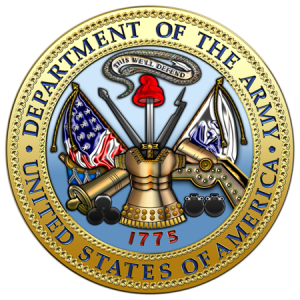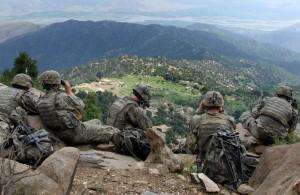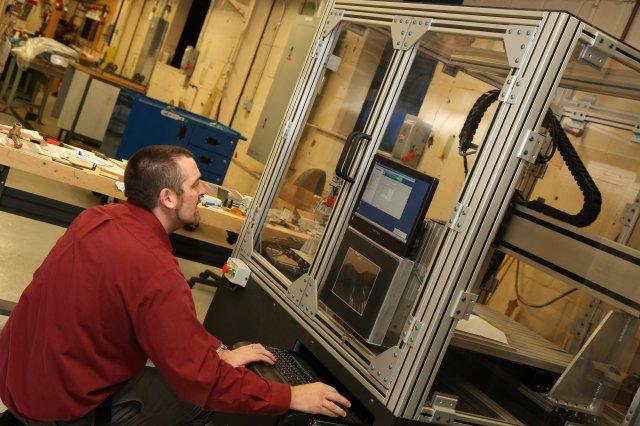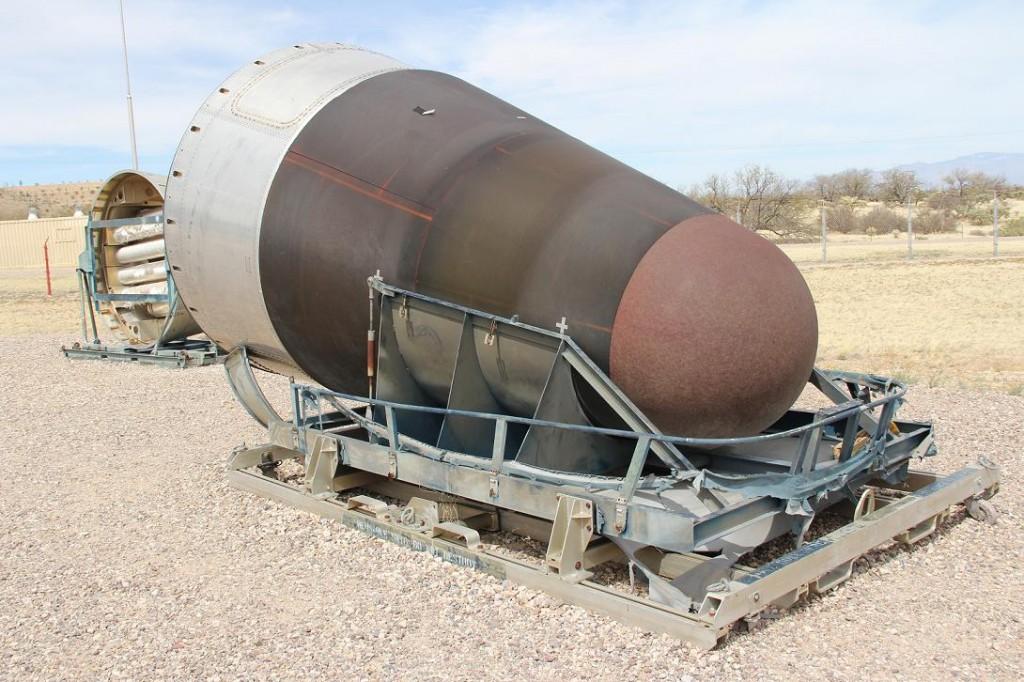There are so many amazing uses for 3D printing which have emerged over the last couple of years. From 3D printed medical models which have already saved numerous lives, to 3D printed prosthetics which cost several  orders of magnitude less than traditional prosthetic devices, the technology is changing the world for the better. With that said, there are also a whole slew of ways in which 3D printing can be seen in a negative light. From intellectual property theft, to the 3D printing of guns, there certainly are concerns which will ultimately have to be dealt with.
orders of magnitude less than traditional prosthetic devices, the technology is changing the world for the better. With that said, there are also a whole slew of ways in which 3D printing can be seen in a negative light. From intellectual property theft, to the 3D printing of guns, there certainly are concerns which will ultimately have to be dealt with.
What the United States Army is working on, however, has the potential to make 3D printed guns look like child’s play. Over the last few months we have covered several stories related to the increased research going on by the U.S. Army in the field of additive manufacturing. They are working on ways to 3D print human skin for soldiers wounded in battle, as well as ways in which they can 3D print food for soldiers in combat. These are amazing uses of 3D printing, which may save lives, and provide fuller lives to those who are injured. According to a recent report in ‘Army Technology‘, however, the Army is also working on something which could kill more people, faster, and more efficiently. That would be 3D printed warheads.
3D printing excels in its ability to create complex shapes at costs which are no more than that of simple shapes. A warhead which may consist of 100 highly complex parts could potentially be 3D printed in only a few pieces, with an even more complex design.
“Warhead designers attempt to create blast effects that meet specific criteria,” explained James Zunino, a researcher at the Armament Research, Engineering and Design Center in Picatinny, New Jersey. “They may want blast fragments of specific sizes to radiate in specific directions such that their blasts can most effectively destroy desired targets. Once you get into detonation physics you open up a whole new universe.”
Because of the limitations encountered during the machining of parts for a typical warhead, there are also limitations on what a warhead can do, as well as how compact it can be. 3D printing could drastically increase the  number of possible designs of a warhead, meaning that such a weapon would have additional capabilities not made possible by traditional manufacturing methods. For instance, a specific design could allow engineers to physically program a warhead to have a custom blast radius, based on what it’s being used for. Additionally, space can be saved, leading to more compact, powerful weapons.
number of possible designs of a warhead, meaning that such a weapon would have additional capabilities not made possible by traditional manufacturing methods. For instance, a specific design could allow engineers to physically program a warhead to have a custom blast radius, based on what it’s being used for. Additionally, space can be saved, leading to more compact, powerful weapons.
“The real value you get is you can get more safety, lethality or operational capability from the same space,” explained Zunino.
Perhaps there is a silver lining to all of this. Even though 3D printed warheads may eventually be responsible for the deaths of many, the increased control over their flight and explosive capabilities may lead to more precision, and far fewer civilian casualties.
The U.S. Army understands the importance of technological superiority over its enemies. Additive manufacturing will be a major part of any future technology that develops. Although it’s not as heartwarming as seeing a 6-year-old boy fitted with a 3D printed prosthetic, uses within warfare are bound to explode, quite literally, over the next decade. Let us know your thoughts on this possible lethal use of 3D printing in the 3D printed warhead forum thread on 3DPB.com.
Subscribe to Our Email Newsletter
Stay up-to-date on all the latest news from the 3D printing industry and receive information and offers from third party vendors.
Print Services
Upload your 3D Models and get them printed quickly and efficiently.
You May Also Like
Reinventing Reindustrialization: Why NAVWAR Project Manager Spencer Koroly Invented a Made-in-America 3D Printer
It has become virtually impossible to regularly follow additive manufacturing (AM) industry news and not stumble across the term “defense industrial base” (DIB), a concept encompassing all the many diverse...
Inside The Barnes Global Advisors’ Vision for a Stronger AM Ecosystem
As additive manufacturing (AM) continues to revolutionize the industrial landscape, Pittsburgh-based consultancy The Barnes Global Advisors (TBGA) is helping shape what that future looks like. As the largest independent AM...
Ruggedized: How USMC Innovation Officer Matt Pine Navigates 3D Printing in the Military
Disclaimer: Matt Pine’s views are not the views of the Department of Defense nor the U.S. Marine Corps Throughout this decade thus far, the military’s adoption of additive manufacturing (AM)...
U.S. Congress Calls Out 3D Printing in Proposal for Commercial Reserve Manufacturing Network
Last week, the U.S. House of Representatives’ Appropriations Committee moved the FY 2026 defense bill forward to the House floor. Included in the legislation is a $131 million proposal for...



































